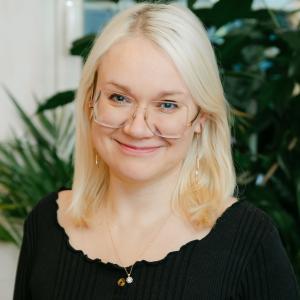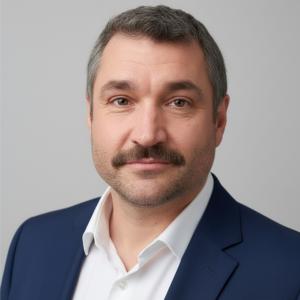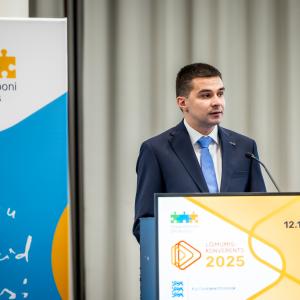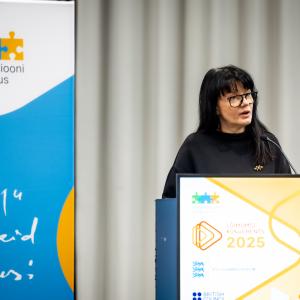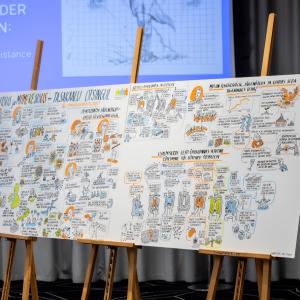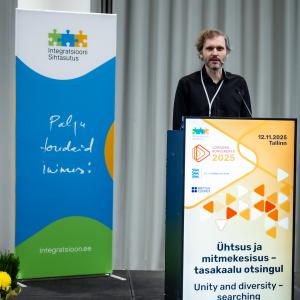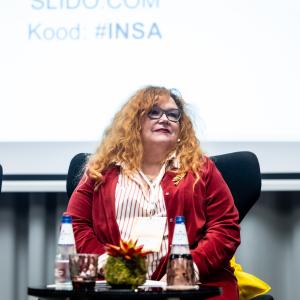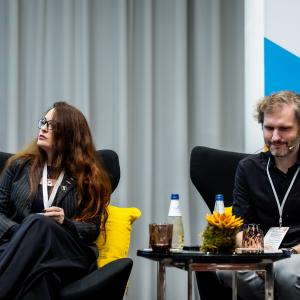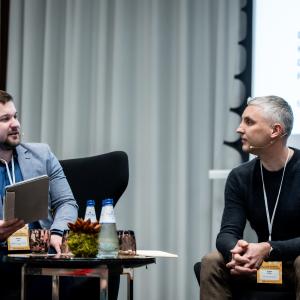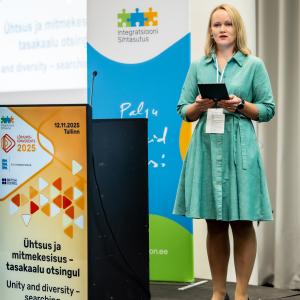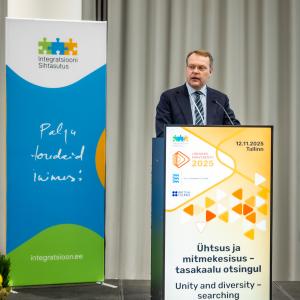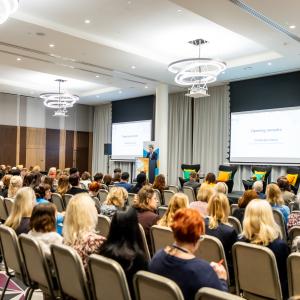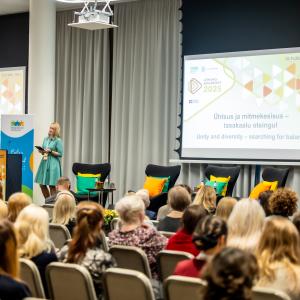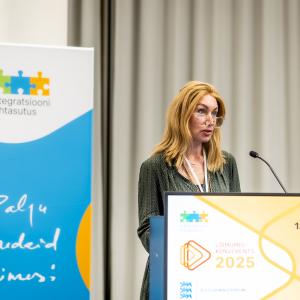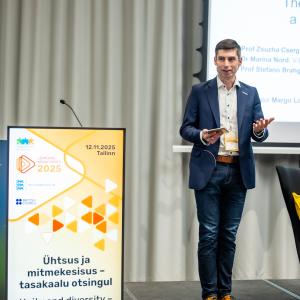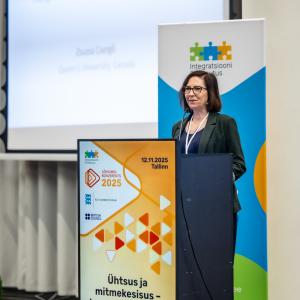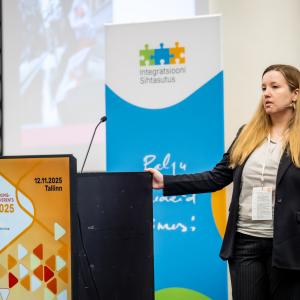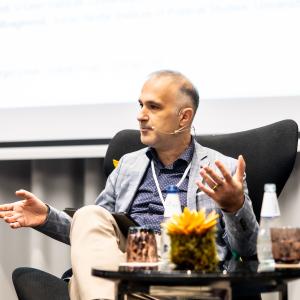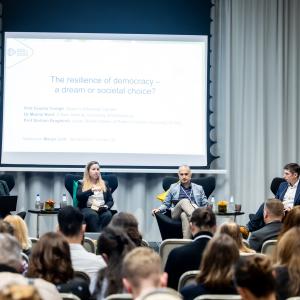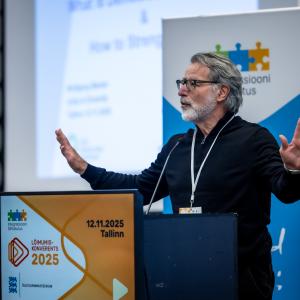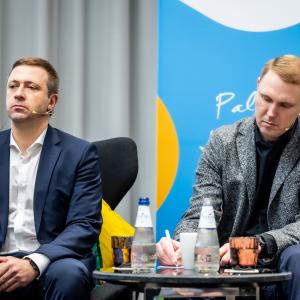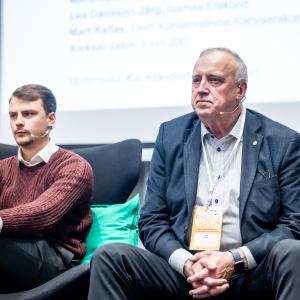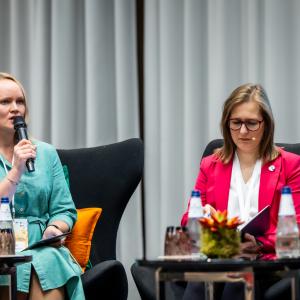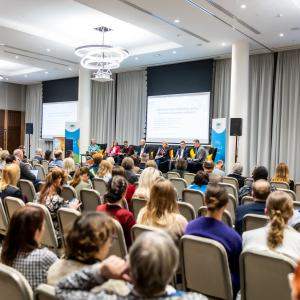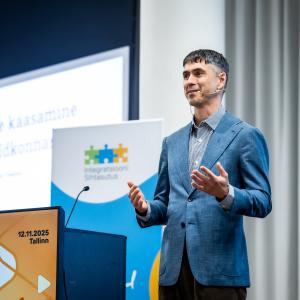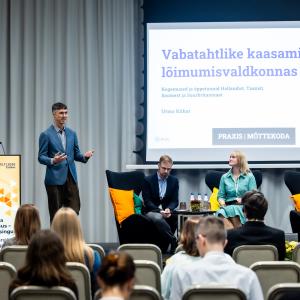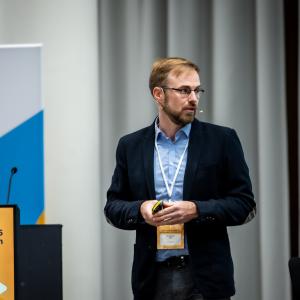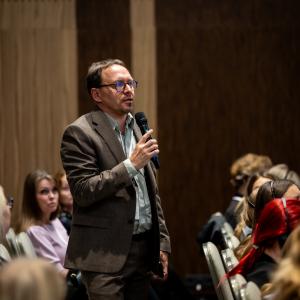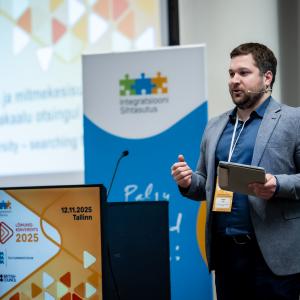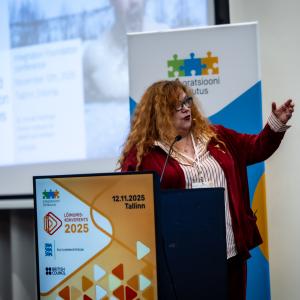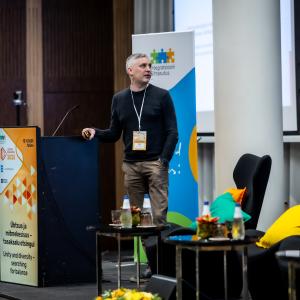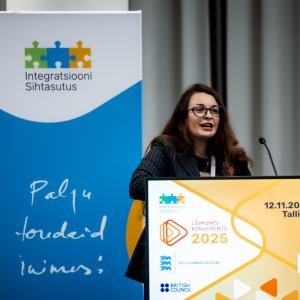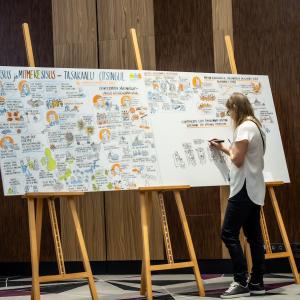Did you know that one in five Estonians lives outside Estonia? With nearly 200,000 members, our global community is larger than most Estonian counties. The global Estonian information gateway globalestonian.com has been established to help Estonians maintain ties with their homeland and ensure that important information reaches all Estonians, regardless of where in the world they live.
‘Global Estonian, or globalestonian.com, is our direct line of communication with our compatriots around the world,’ emphasised Kaire Cocker, Head of Diaspora Services at the Integration Foundation. “Nearly 200,000 people constitute a very large community – this shows how important it is to maintain and strengthen ties and to be in a shared information space. Our goal is to offer opportunities and support to help maintain contact with Estonia and promote cohesion among Estonians around the world.
The information gateway is a hub for Estonian news, cultural and language learning opportunities, internship programs, business contacts, and information about community activities around the world. The events calendar helps keep track of Estonian events around the world – each community can add its own events so that the information reaches everyone.
‘We want every Estonian, regardless of where they live, to feel part of Estonia. In today’s global world, almost all of us have friends or relatives living abroad – it is important that they know how to stay in touch with their home country,’ adds Cocker.
A good example is Johanna Rivers, who lived in Australia and whose journey to Estonia took place step by step. ‘At first, I had no plans to come to Estonia, let alone move here. I missed Estonia and was looking for a way to “stay connected”, but I didn't know where to start,’ she says. ‘I wanted to know more about Estonia!’
‘During my search, I came across Global Estonian, where I found what seemed like a halfway solution – the opportunity to get a little taste of Estonia without having to make an immediate decision to move. That is how I discovered the internship programme of the Ministry of Foreign Affairs, which enabled me to come to Estonia for an internship. This experience helped me find a job later on, and I even decided to stay here for a while,’ adds Johanna.
Last year’s user survey shows that there is considerable interest in Estonia: almost 80% of Estonians living abroad follow Estonian news at least once a month. The most popular sources of information are Facebook, Estonian publications, Estonian organisations abroad, and streaming platforms.
On the portal you will find:
- practical advice in the section ‘Ekspert vastab’ (Expert Answers);
- information about opportunities to learn Estonian independently;
- overview of youth summer camps in Estonia;
- support for young people who wish to come for an internship or to study;
- information about funding opportunities for community events;
- practical guidance for those who wish to return to Estonia.
Interesting fact: in recent years, over 6,000 people of Estonian descent have returned to Estonia each year, and this number is on the rise. For those returning to Estonia, the information gateway offers a section entitled ‘Returning to Estonia’, where you can find services and stories to help you make a smooth transition back to your homeland.
Globalestonian.com is growing rapidly – it is used by nearly 4,000 people every month, the portal has thousands of followers on social media, and the community is becoming increasingly active.
The information gateway is managed by the Integration Foundation in cooperation with the Ministry of Foreign Affairs, the Ministry of Culture, and the Ministry of Education and Research.

